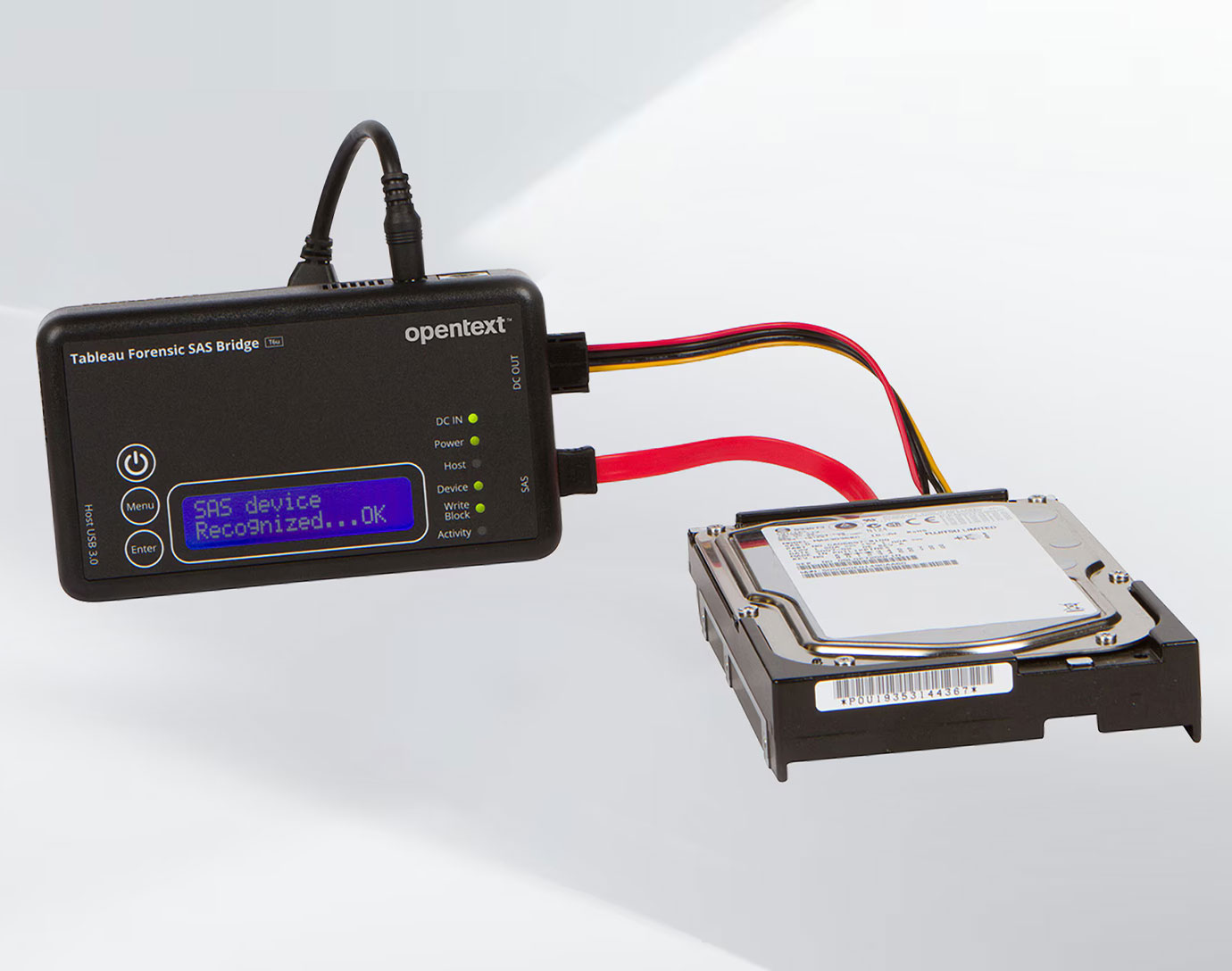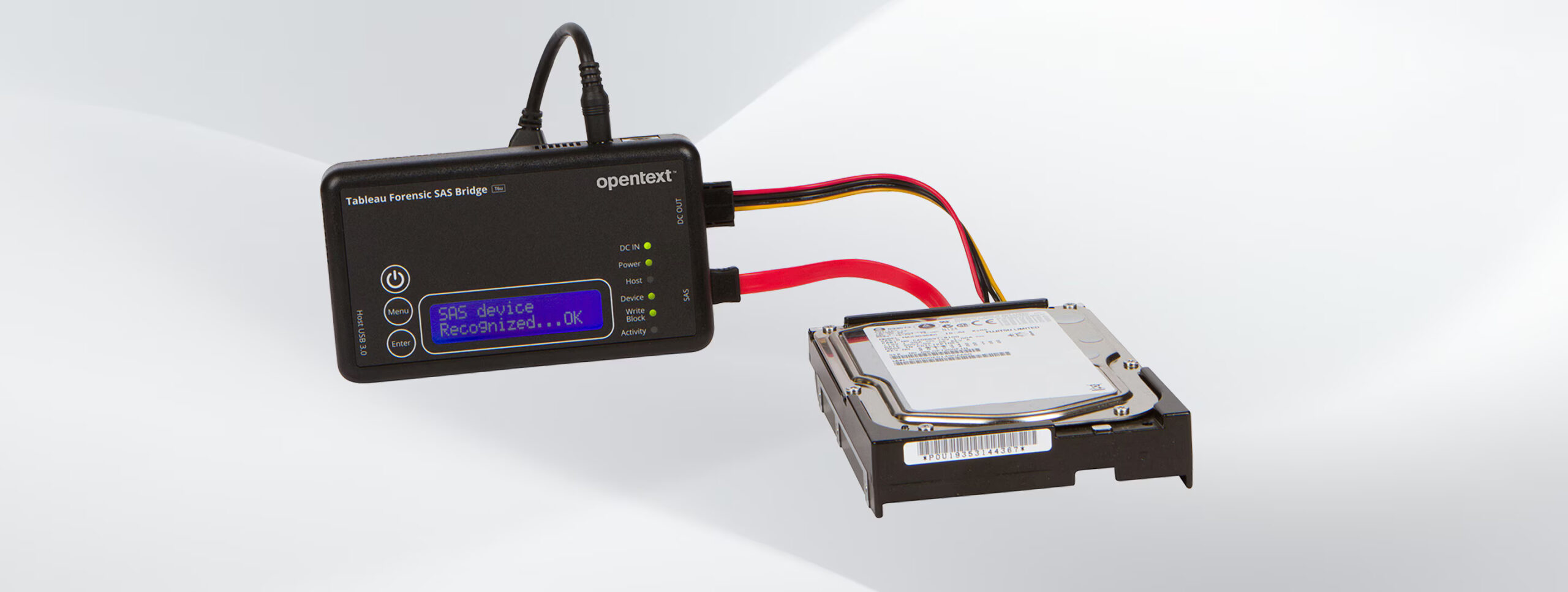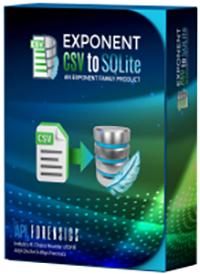
OpenText Tableau Forensic Bridges
Leverage hardware-based digital media write-blockers in multiple form factors
OpenText™ Tableau Forensic Bridges prevent write access to hard disks, permitting read-only access to ensure data integrity and guarantee chain of custody protection.
Why choose OpenText Tableau Forensic Bridges?
-
Court acceptance
Connect suspect media to forensic workstations or laptops with write-blockers accepted by court systems worldwide and backed by more than 15 years of global recognition.
-
Hardware-based write blocking
Block host system writes with external hardware to avoid operating system behaviours and non-standard host interface drivers that can be prone to misuse and exploitation.
-
Location versatility
Perform field imaging operations with compact, ruggedized portable units or integrate them as internal units within forensic-grade workstations.
-
Free firmware updates
Leverage new product features and enhancements with free, regular firmware upgrades for all Tableau Forensic products through an easy-to-use utility.
How Tableau Forensic Bridges can benefit business
Discover the advantages of using Tableau Forensic Bridges.
-
Guarantee forensic integrity
Permit read-only access to a suspect device during evidence acquisition.
-
Connect with a variety of devices
Work with many standard suspect media types, including those with SATA, USB, PCIe, SAS, FireWire and IDE interfaces, as well as a variety of non-standard media.
-
Expose hidden drive evidence
Detect and remove DCO, HPA and AMA settings, shining the spotlight on hidden drive evidence that might otherwise go undetected.
-
Optimize the forensic imaging process
Leverage clearly labeled ports, informative LED status screens, an intuitive user interface and detailed activity lights to seamlessly complete jobs.
-
Easily identify read/write-enabled bridges
Prevent accidental write operations with write-protected DIP switches or distinguish read/write models from write-protected models with yellow enclosures.
Features
-
USB 3.0 host connection
Maximizes imaging capabilities with an ultra-fast USB 3.0 connection to the host computer.
-
Backlit LCD
Displays useful information about the Tableau Forensic Bridge, such as activity status, firmware version, serial number and DIP switch configuration, and the connected media, such as manufacturer, model and serial number, as well as LUN selection.
-
LED activity status indicators
Utilizes six LEDs to provide activity feedback, such as DC IN, power, host (connection), device (media detection), write-block status and activity.
-
Membrane keypads
Simplifies user interface navigation with three membrane keypads: power, menu and enter.




